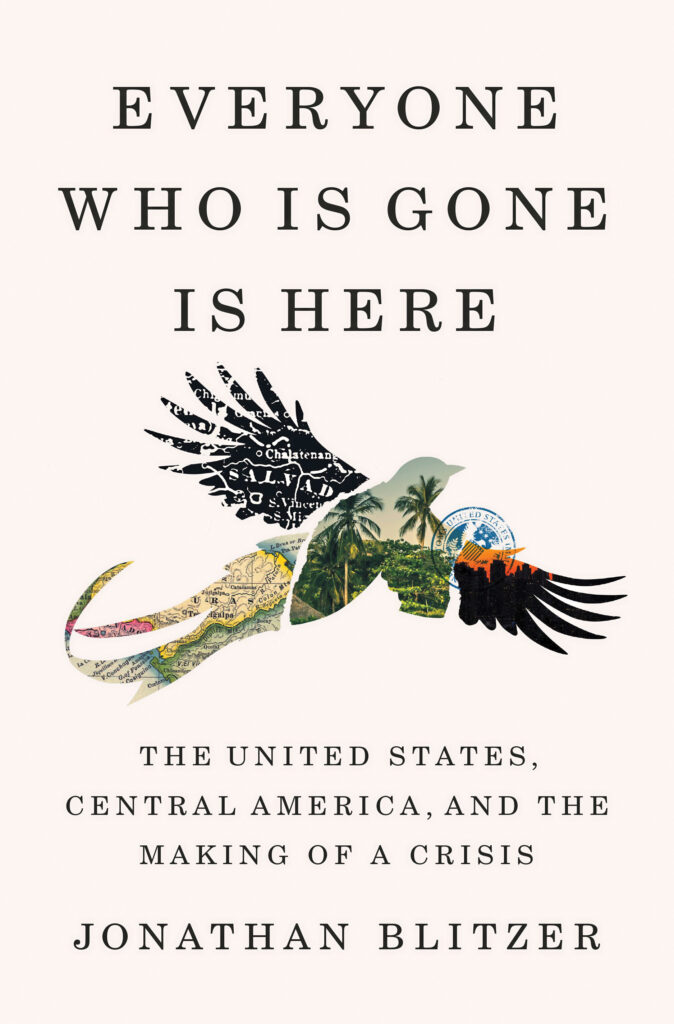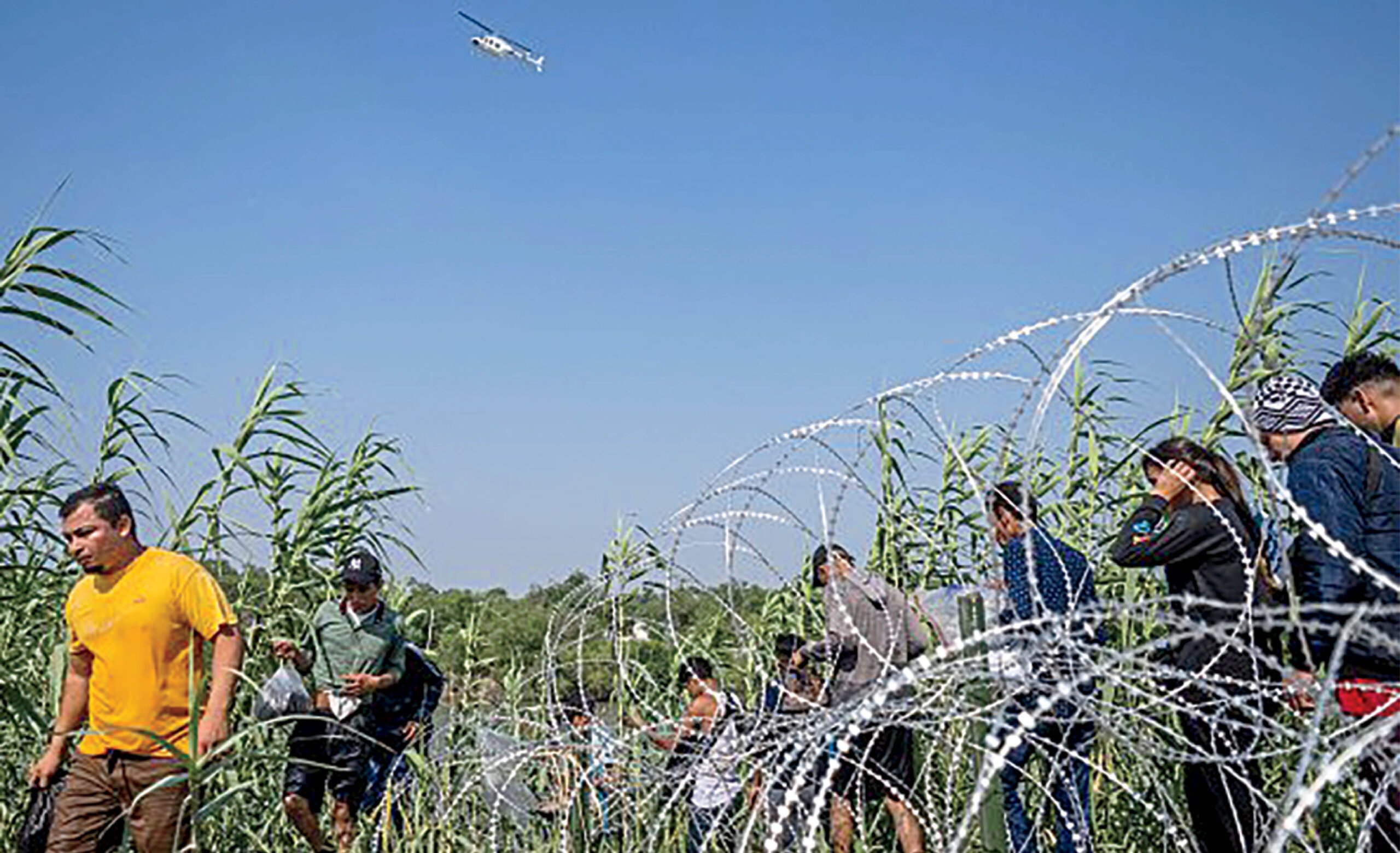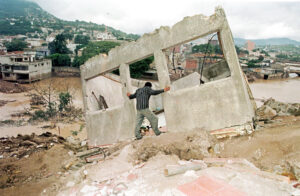This article is adapted from AQ’s special report on Latin America’s election super-cycle
As a young doctor in El Salvador in late 1980, Juan Romagoza paid a heavy price for tending to the wounds of anti-government activists. Kidnapped by Salvadoran soldiers amid escalating state violence and guerrilla activity, Romagoza was interrogated and tortured for nearly a month, at one point under the supervision of a general named Vides Casanova.
After being hung up by his fingers and shot in the arm to ensure he’d never practice medicine again, Romagoza was released. He fled to Mexico and then the U.S., where in time he became a leading organizer in Washington, D.C.’s growing community of Central American migrants.
In the new book Everyone Who Is Gone Is Here, Romagoza’s account, based on extensive interviews, is one of dozens of personal stories New Yorker reporter Jonathan Blitzer draws on to explain the phenomenon, decades in the making, of mass migration from Central America to the United States.
The story that emerges is one of unforeseen consequences of botched policy decisions by the U.S., and for Central America, tragedy and dislocation on a vast scale. Mass migration began with refugees from wars between U.S.-backed militaries and left-wing guerilla groups during the 1980s. The total number of migrants in the U.S. from El Salvador alone went from 92,000 in 1980 to 459,000 a decade later.

Everyone Who Is Gone Is Here: The United States, Central America, and the Making of a Crisis
By Jonathan Blitzer
Penguin Press
Hardcover
544 pages
In the 1990s, peace deals ended the wars—and Romagoza played a part in the effort to hold militaries responsible for abuses. Blitzer describes how he became a key witness in the 2002 U.S. civil trial of Vides Casanova, who was found liable for damages and later deported to El Salvador. The book’s title refers to the words Romagoza uses to evoke the sense of meaning he felt after the wrenching experience of offering testimony against Vides Casanova—as if conjuring the presence of friends who did not survive the repression of the period.
But history was not finished with Central America, where peace did not pave the way to effective, equitable government. A conservative turn in U.S. domestic politics spurred mass deportations of Central Americans, including many who had become involved in gang culture on the West Coast. As deported gangsters consolidated their power, the conditions were set for another, much larger wave of migration to the U.S. in the 2010s, as people began to flee countries that now had the world’s highest homicide rates. By 2019, Blitzer writes, 1 million migrants were arrested at the U.S. southern border, most of them from Central America.
Everyone Who Is Gone Is Here arrives at another inflection point for Central America. Repression is escalating in Nicaragua, where critics of the government have been stripped of their citizenship and exiled. Fragile democratic institutions are under attack in El Salvador, where President Nayib Bukele is seeking a second term in violation of the constitution, and in Guatemala, where elite factions recently sought to block President Bernardo Arévalo from taking power. “The overall governance situation in all these countries is pretty dismal,” Eric Olson, a migration expert at the Seattle International Foundation, told me.
But at the same time, a tentative hope seems to be sprouting in some quarters, including among Bukele’s many supporters at home, who applaud his crackdown on the country’s gangs in spite of criticism from human rights groups—or among Guatemalans who see in Arévalo a prospect for change. Even as more Nicaraguans flee, the epicenter of migration is shifting away from Central America. Flows from the Northern Triangle countries have dropped below historic levels as more people leave crisis-torn Venezuela and Ecuador.
In its basic contours, Blitzer’s account of the migration crisis won’t surprise those familiar with the issue. Its great accomplishment lies in pulling together into a single narrative all the far-flung strands of the migration phenomenon: from politics and day-to-day life in Central America, to U.S. foreign policy and domestic politics, to the necessities and heartbreaks of migration itself.
Blitzer’s is a reporter’s book, presenting brief, digestible summaries of large-scale political events and social trends throughout the decades, interspersed with real-life stories about individuals caught in the middle: the Honduran mother separated from her children at the border, the Salvadoran-American LA kid who founded an English-language training company after being deported to El Salvador.
Given his impressive grasp of all the far-flung aspects of the migration crisis, it comes as a surprise that Blitzer’s book provides little in the way of a high-level model of the forces involved and ventures few predictions about the future. Especially as we approach the present, the narrative is submerged under a tide of headlines from the Donald Trump and Joe Biden administrations—the former’s child separation scandals and tirades against Salvadoran gang MS-13, the latter’s hedging over pandemic-era migration policies—and can read a little like a recap.
One pressing question is whether, even amid uncertainty and democratic backsliding, the incipient sense of hope among some Central Americans might have something to do with downward migration trends. Recent research indicates that hope about the future—regardless of its basis—has a significant influence on people’s decisions to migrate. Whether hope becomes durable reality in any of the countries in Central America may remain unclear for some time. But the effects on migration may already be taking root.









